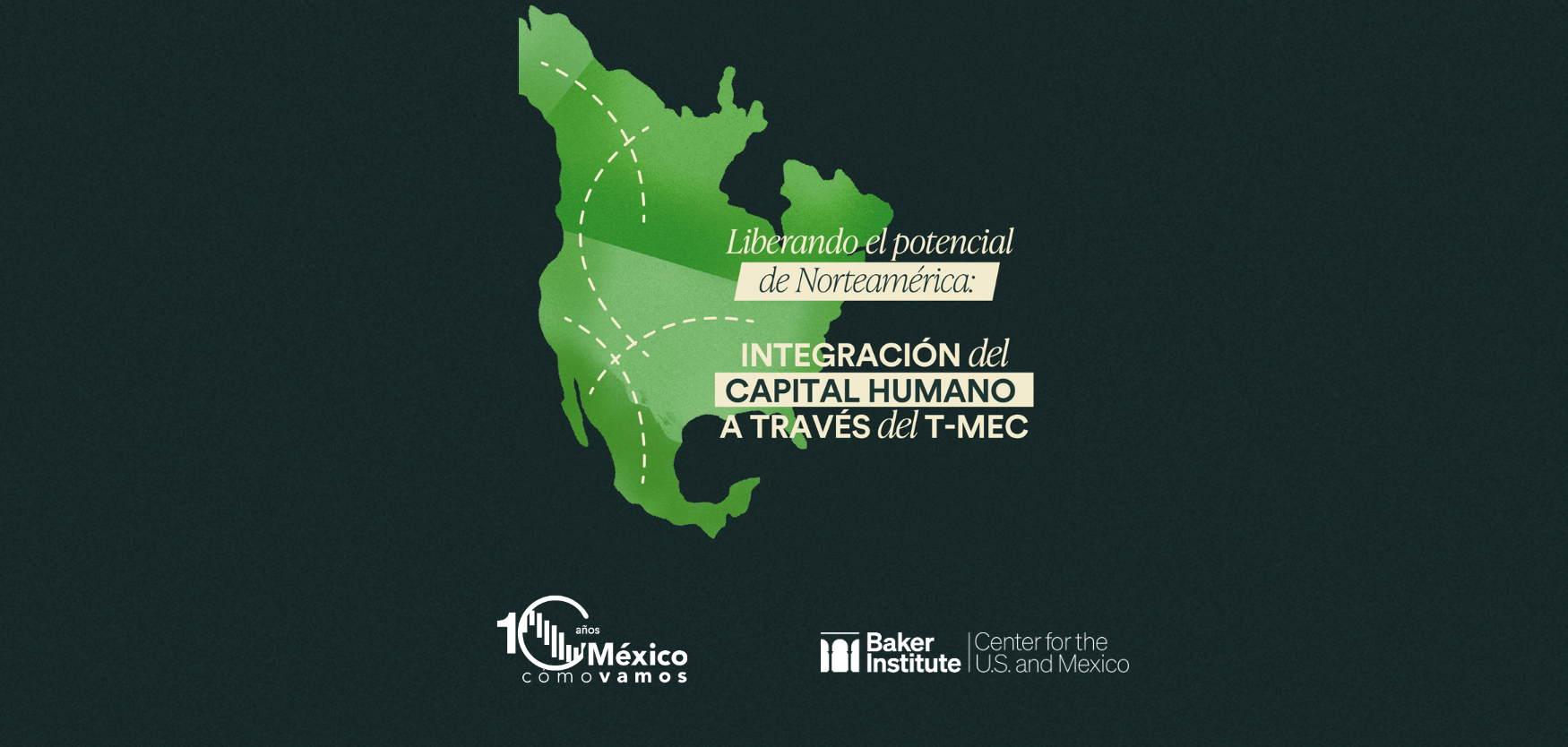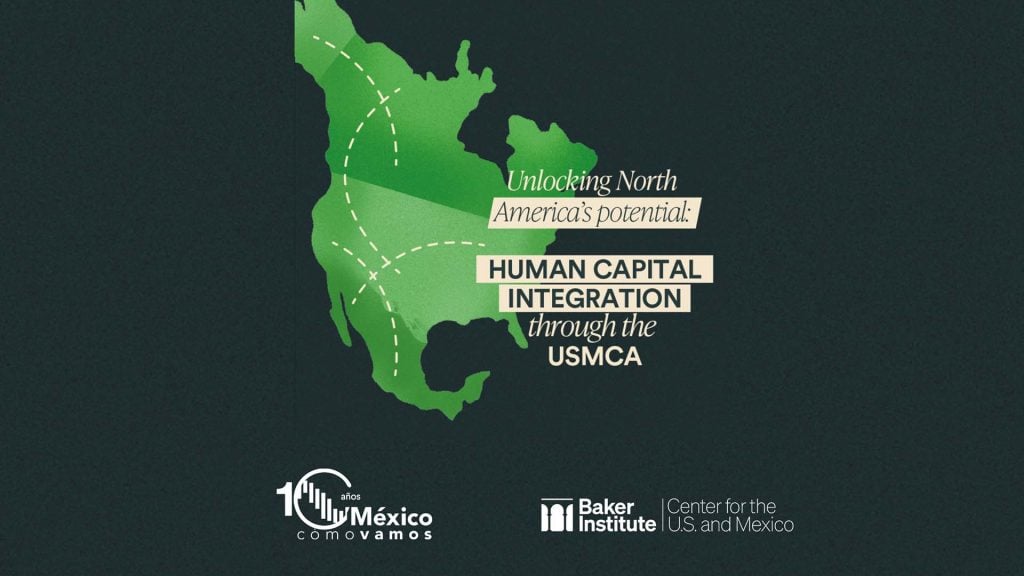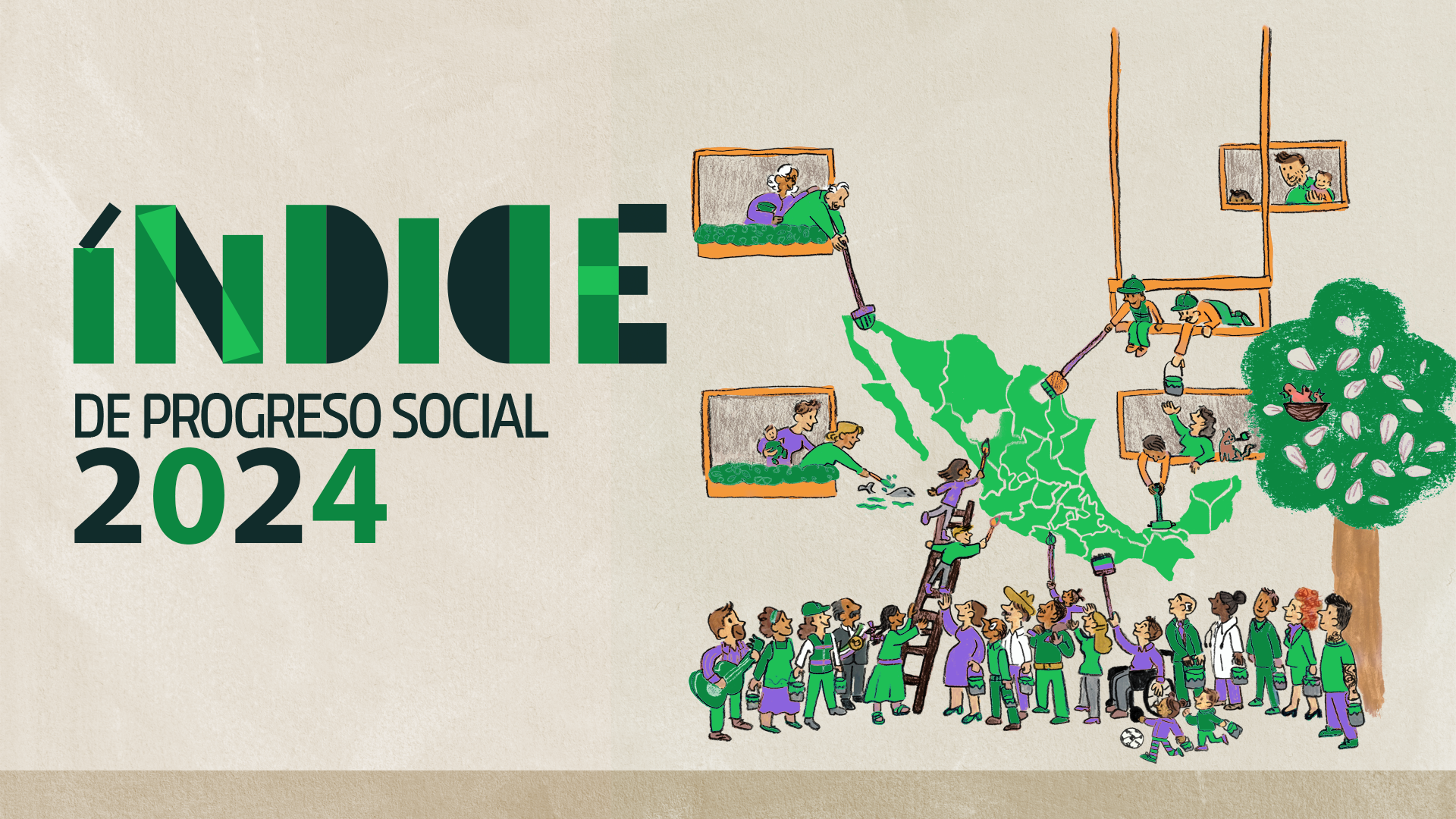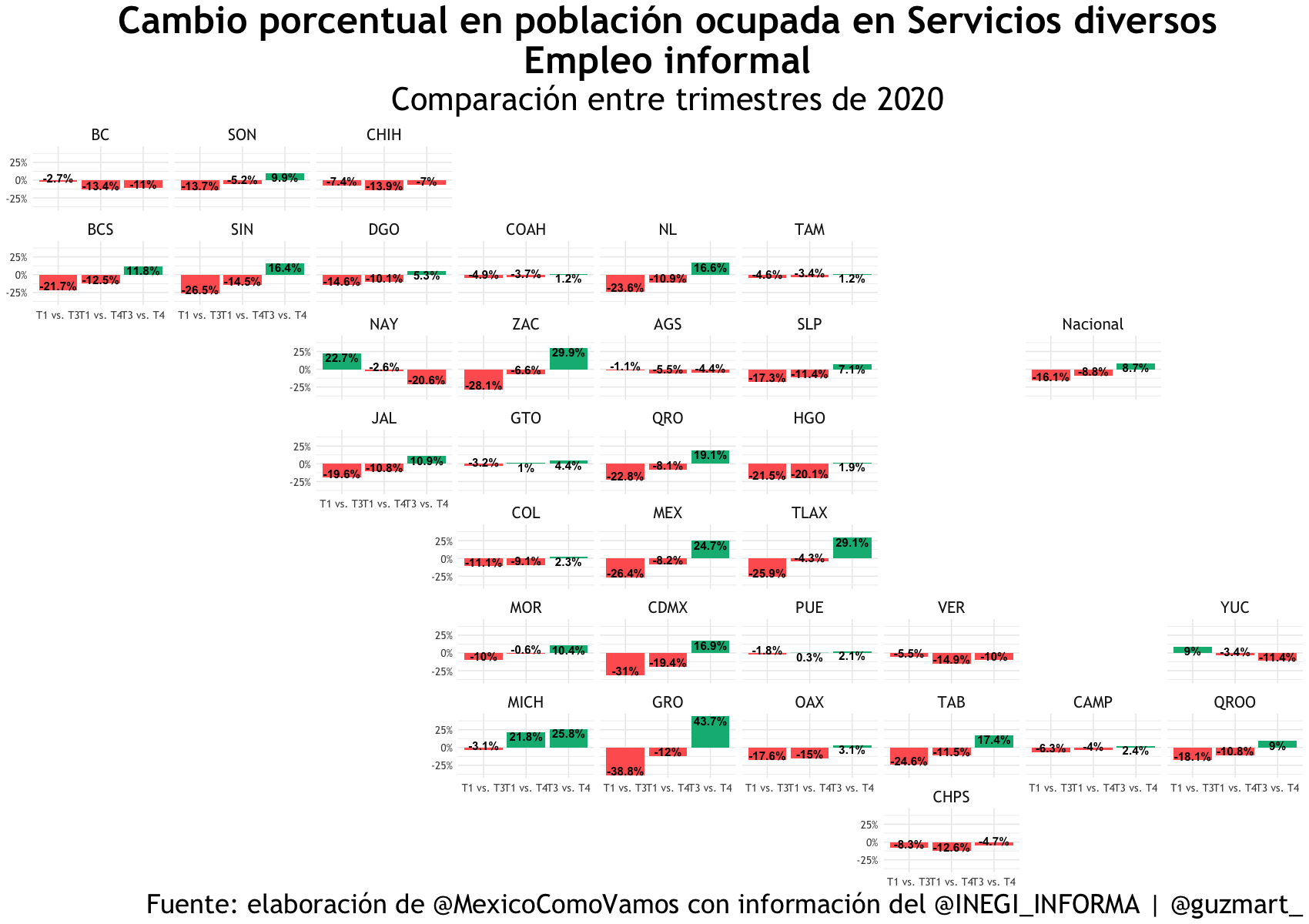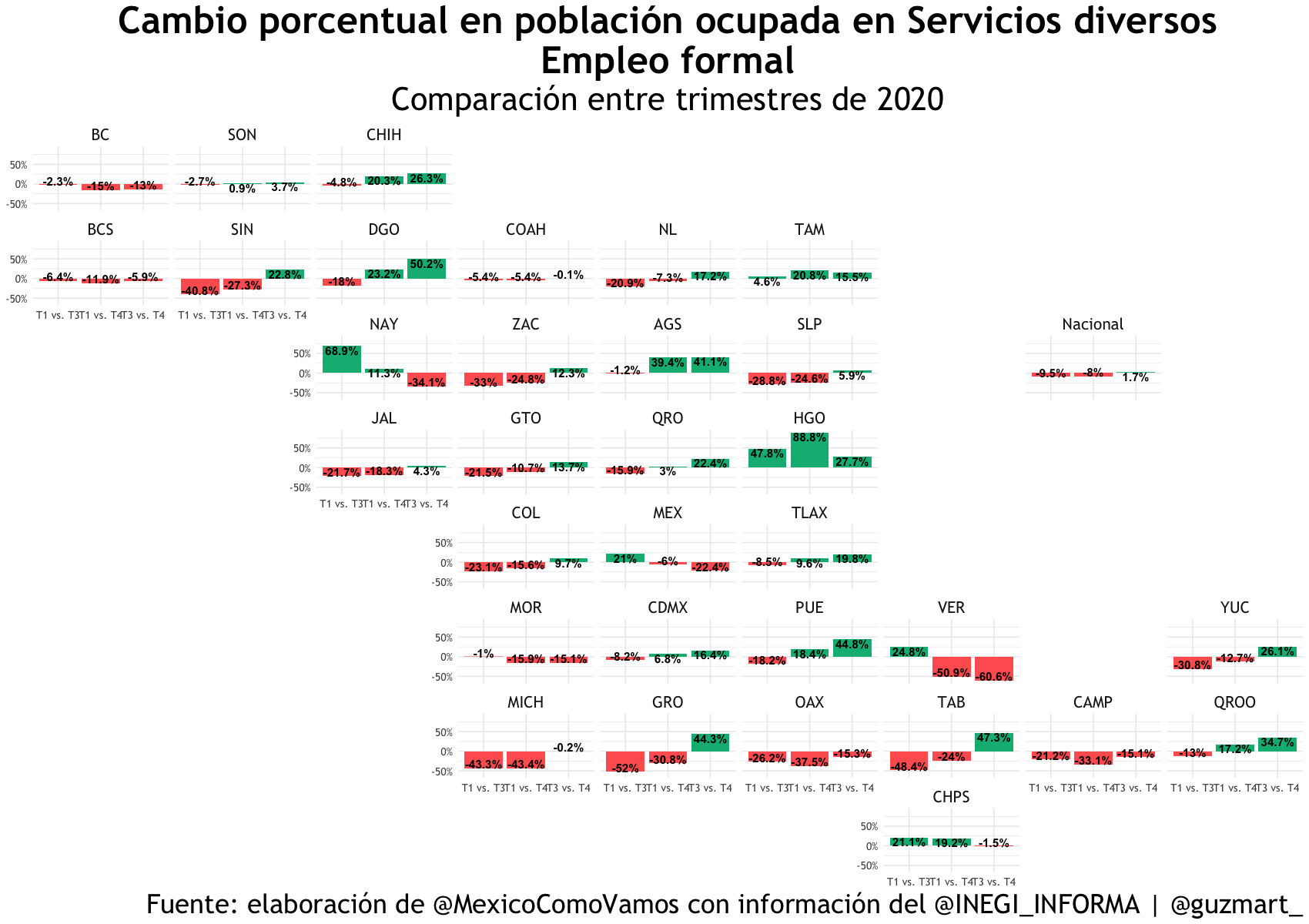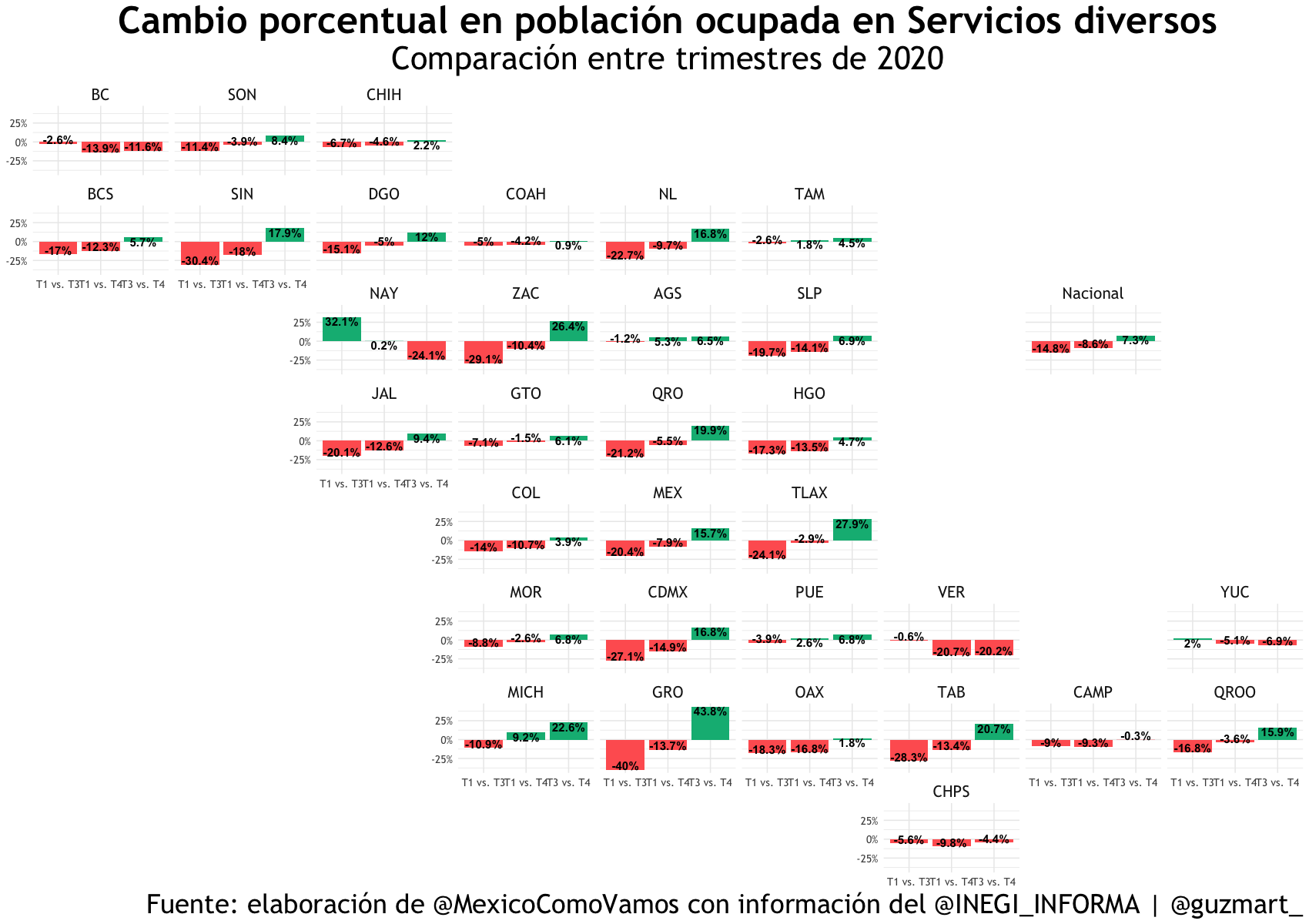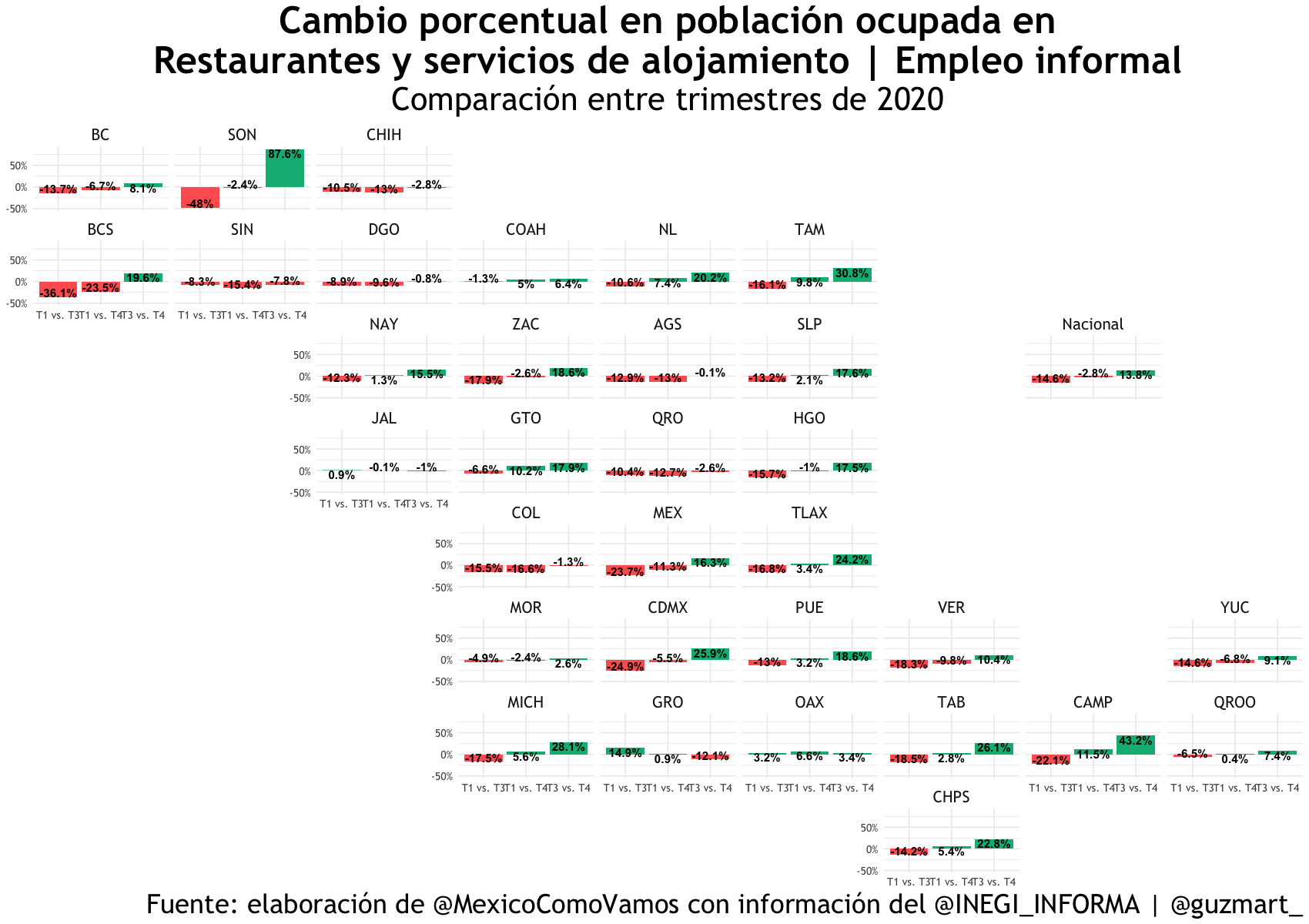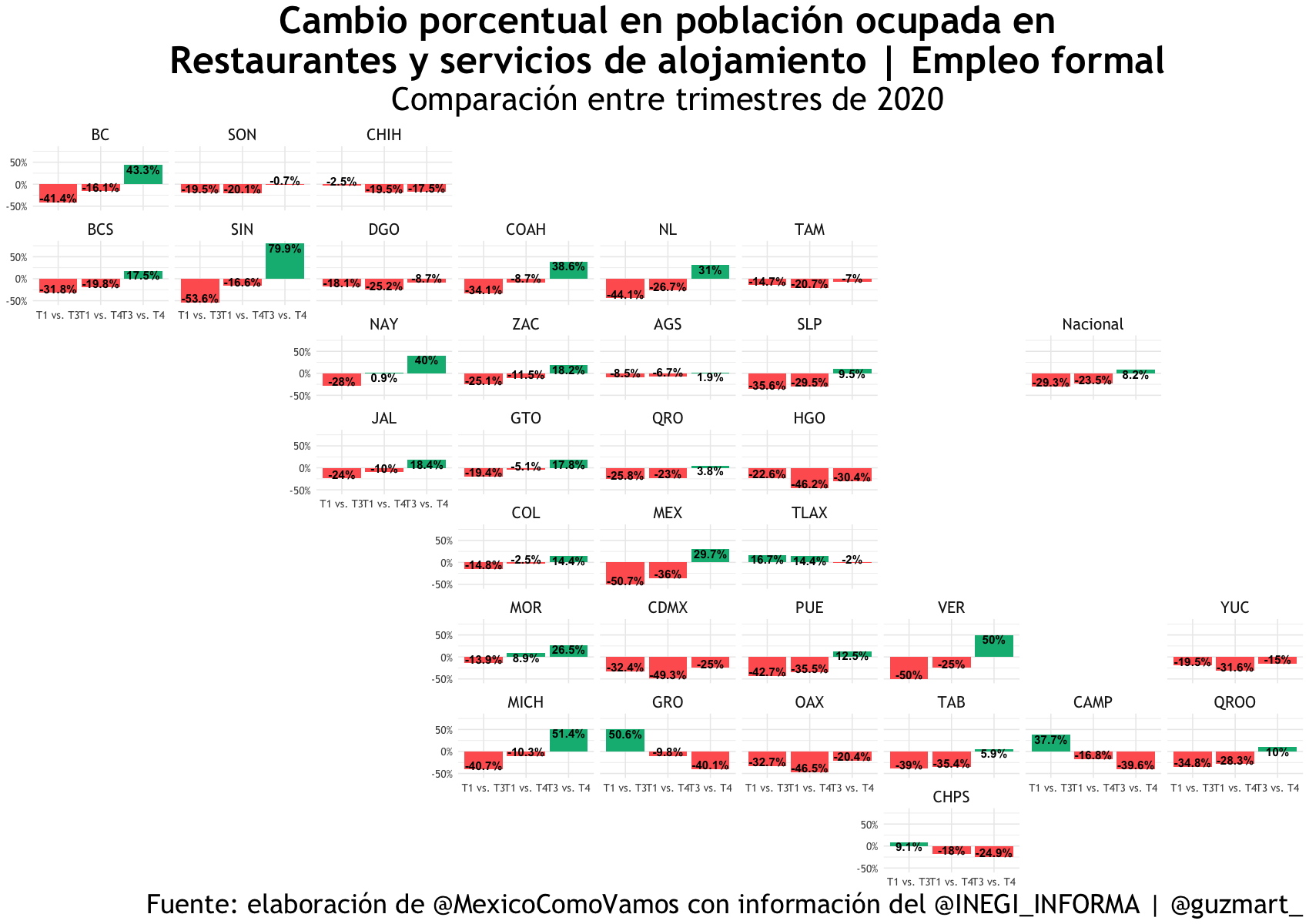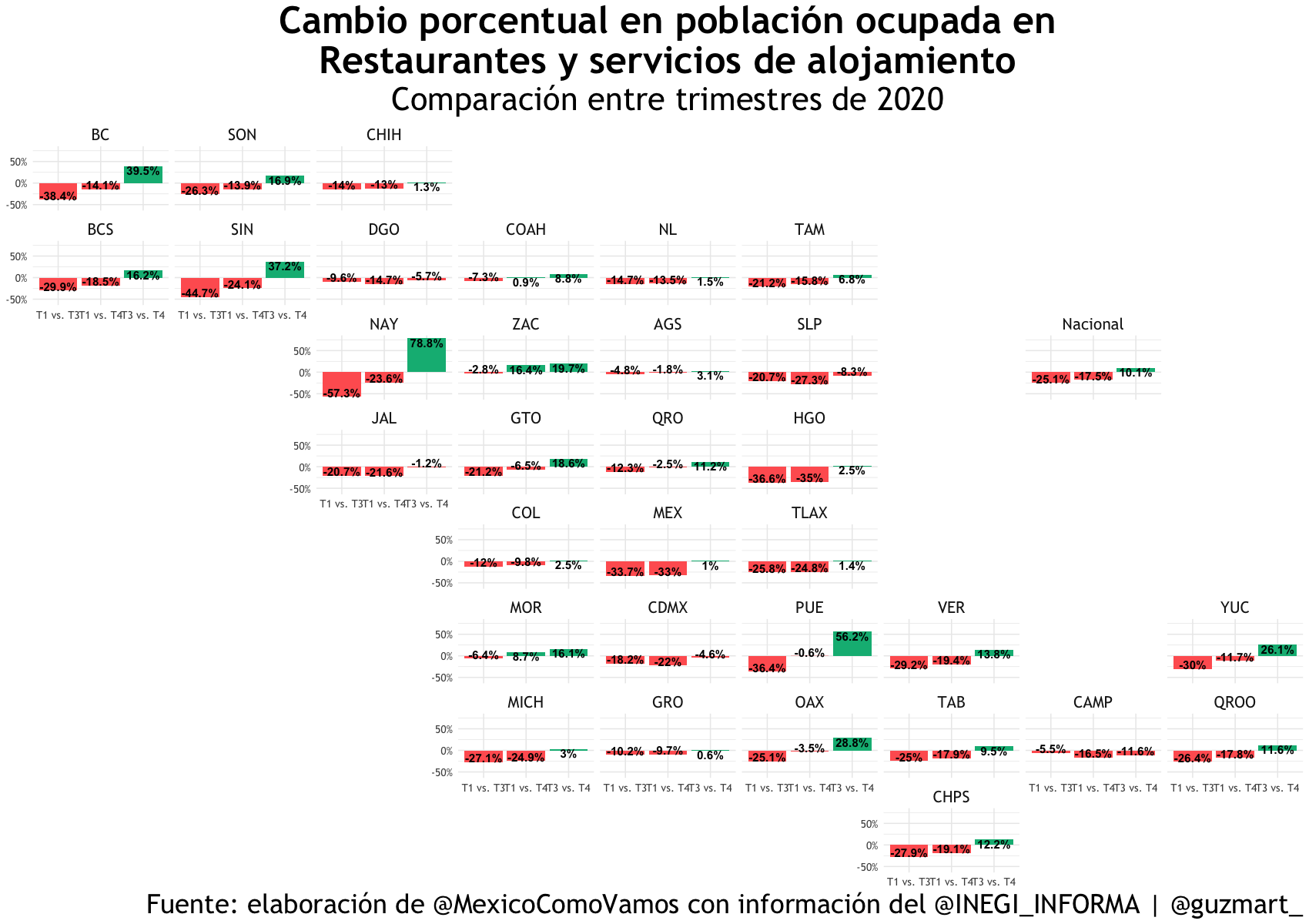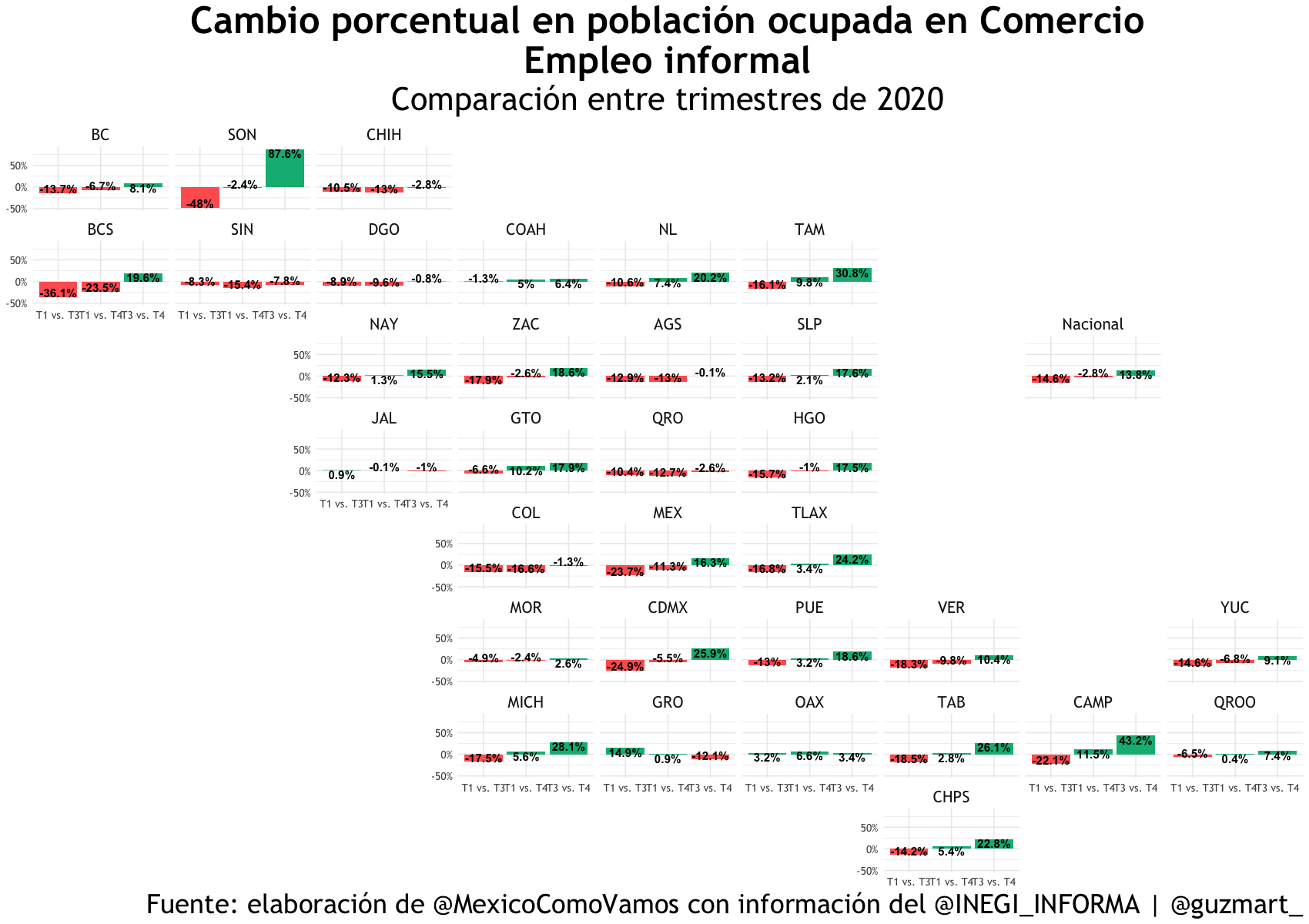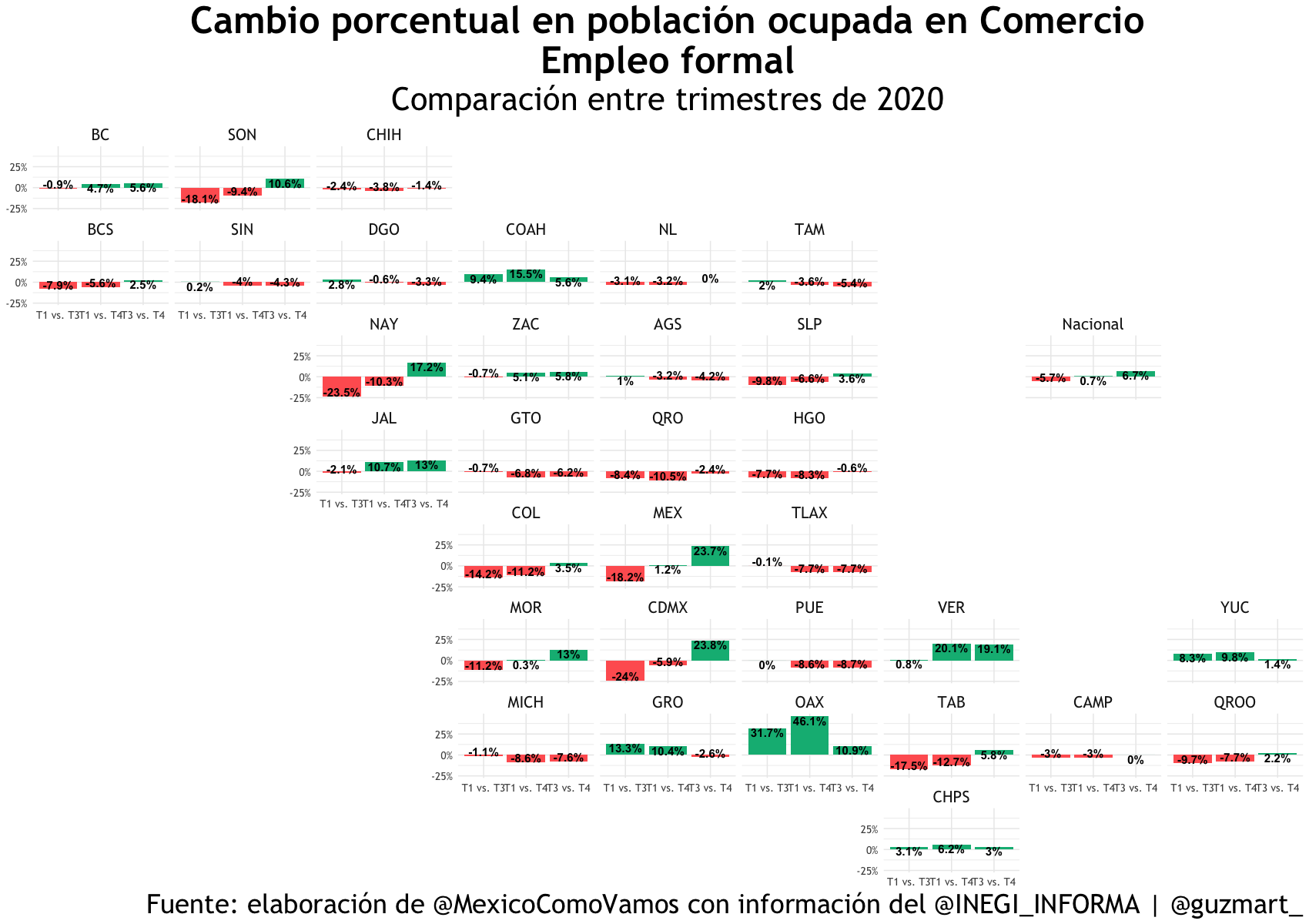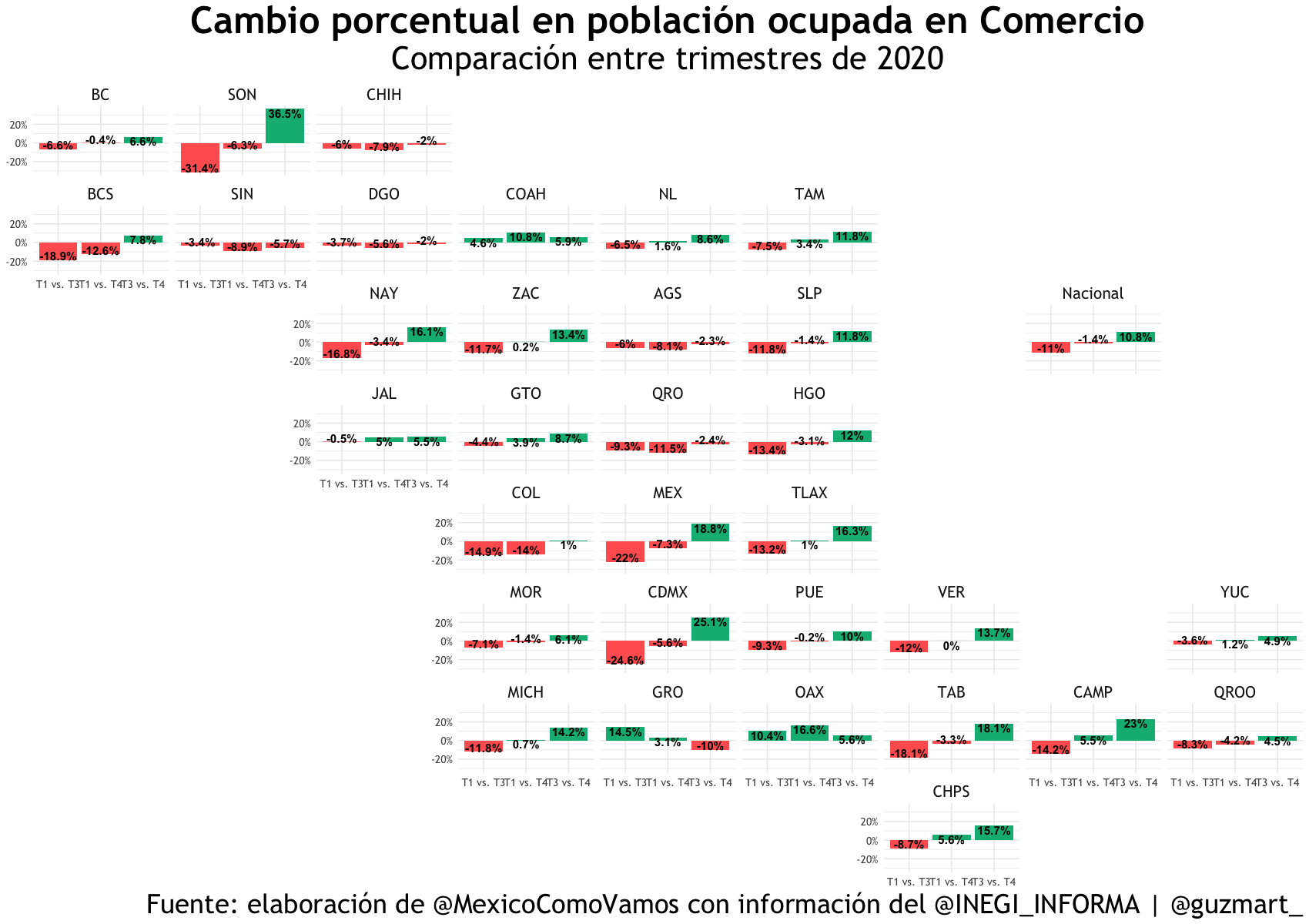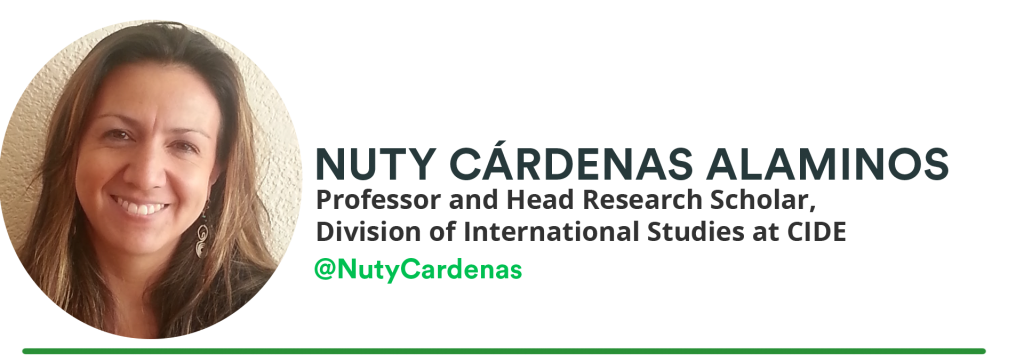
With the upcoming review of the USMCA in 2026, it is proper to analyze the main advances and challenges of Mexican labor mobility with TN visas to the United States, which was considered since the original design of the treaty in 1994. The TN (Trade National or NAFTA) visa was included in Chapter 16 of NAFTA to facilitate the mobility of people between companies, as well as qualified workers from Canada and Mexico, to the United States in four major areas: teaching, medicine, scientific, and professional. A list of 63 specific professions was created, which has not been renewed since then. Two visa categories were created: TN-1 for Canadians and TN-2 for Mexicans. From the beginning, each country had significant differences in their operating rules. In the case of Canada, the requirements still encompass having a degree, having a license, and being able to secure employment in the United States. There is no quota limit. Additionally, Canadians can easily obtain the TN-1 visa at entry points and within the U.S. territory, thanks to their right to temporarily migrate to the United States without a visa. Conversely, for Mexican workers, the visa must be processed by U.S. consular offices in Mexican territory. In addition to having a degree and a job offer, they must also obtain a labor certification from the U.S. Department of Labor. A 5,500 quota per year was set for this type of visa.
These last two requirements were eliminated in 2004, representing a better opportunity for labor mobility for Mexicans. Since then, the number of visas has grown exponentially, from 3,392 in 2010 to 33,361 in 2022. Along with the suspension of quotas, TN visas have advantages over other types of visas for qualified workers (such as H1N visas), such as fewer paperwork requirements and reduced processing times; they are valid for three years but can be renewed indefinitely, not to mention they also have a low rejection rate. Nevertheless, there are other considerations concerning mobility rights. These are strictly temporary visas, as holders cannot apply for permanent residence (green card) through this route, nor can they obtain citizenship. In addition, their spouses are not allowed to work.
Currently, there is a favorable economic situation that presents an opportunity to promote greater labor integration in the North American region. On the one hand, Mexican workers are interested in seeking better life opportunities, whether through employment and/or higher salaries and on the other, the growing labor needs of U.S. companies. According to the U.S. Chamber of Commerce, there are 8.8 million job vacancies in the U.S. labor market, which have not been filled by nationals due to various factors, including the forced and/or voluntary retirement of more than 3 million people that came with the pandemic. Even if the 6.5 million unemployed in the U.S. entered the labor market, there would still be more than two million vacancies. In this context, TN visas represent a valuable method to stimulate labor mobility. However, there are various management challenges for workers, employers, and the governments of Mexico and the United States to make better use of and increase the number of applicants for TN visas.
- One barrier occurs in the visa application process. In some cases, recent graduates cannot obtain visas because, although they have university degrees in the listed professions, their knowledge does not match the distinctive skills sought by U.S. companies. In other instances, the visa-obtaining process becomes costly for applicants, as they must validate their professional degrees and/or certify their knowledge in advance. Some labor sectors in the United States (such as nursing or veterinary) require graduates in Mexico to pass a series of exams to prove they have the needed knowledge. This, despite already having a university degree listed under TN visas. These tests are generally expensive and highly difficult. As a result, many applicants desist from applying.
- Other difficulties arise from the lack of information available during the process. These problems arise from the visa application, to its obtaining and the recruitment, until they arrive in the United States to perform the job. According to some workers’ experiences, they often do not have direct contact with companies before their arrival. Instead, they are hired through recruiters who do not provide complete information about the type of work they will perform, the salary they will receive, or even, in extreme cases, they do not even know the details of their contracts, such as the number of hours and working conditions. Once in the United States, the type of work they have to perform does not match their actual qualifications. In some cases, they are overqualified for the job and the salary they are hired for. This is because companies, through recruiters, deliberately hire qualified workers while giving them wages and providing working conditions lower than they deserve, arguing that they do not have all the credentials required for the job.
The obstacles above could be overcome if the governments of the United States and Mexico collaborate to supervise the functioning of the visas throughout the entire process. For this, the administrations of both countries, particularly the Ministry of Labor in Mexico and the Department of Labor in the United States, require information about 1) the list of companies, number of workers, type of occupations, and the required skills and qualifications. With this information, the Mexican government can disseminate more information to universities about current profiles demanded by U.S. companies. 2) Obtain the list of recruiters hiring workers with this type of visa. Both authorities and civil society have asked the United States for a registry of recruiters to be monitored, to detect any labor rights violations regarding applicants and/or eventual workers with TN visas. Moreover, the governments of Mexico and the United States must work on the commitment to standardize certifications and degrees, especially in priority professions, to expedite the application, issuance, and hiring process for workers through these visas, which would benefit both countries.
References:
- Construyendo Poder con Visas TN. (2014) Centro de los Derechos del Migrante. https://cdmigrante.org/poder-tn/
- Cruz-Piñeiro, R. & W. Ruiz Ochoa. (2010). Migración calificada de mexicanos a Estados Unidos mediante visado preferencial. Papeles de Población, 66: 103-135.
- Ferguson, S. (2024). Understanding America´s Labor Shortage. https://www.uschamber.com/workforce/understanding-americas-labor-shortage
- Juárez, B. (2021). Migrantes se harán presentes en la primera reunión del Consejo Laboral del T-MEC. https://www.eleconomista.com.mx/capitalhumano/Migrantes-se-haran-presentes-en-la-primera-reunion-del-Consejo-Laboral-del-T-MEC-20210628-0119.html
- Payán, T. & Rodríguez-Sánchez, J. Revamping the TN Visa to get workers where the US needs them. Baker Institute for Public Policy. https://www.bakerinstitute.org/research/revamping-tn-visa-get-workers-where-us-needs-them
- Rodríguez, R. (2013). El TLCAN y las profesiones. Un estado de la cuestión. Revista de la Educación Superior. XLII, (3): 197 – 223. Tigau, C. (2017). U.S. Visas for Foreign Professionals: Insights on H-1B and TN Visas. Issue Brief. Baker Institute for Public Policy. https://www.bakerinstitute.org/research/crackdown-high-skilled-visas
Click on the postcard below to go to the site.

